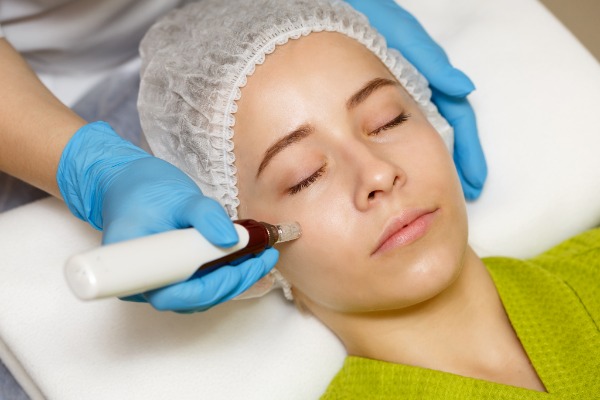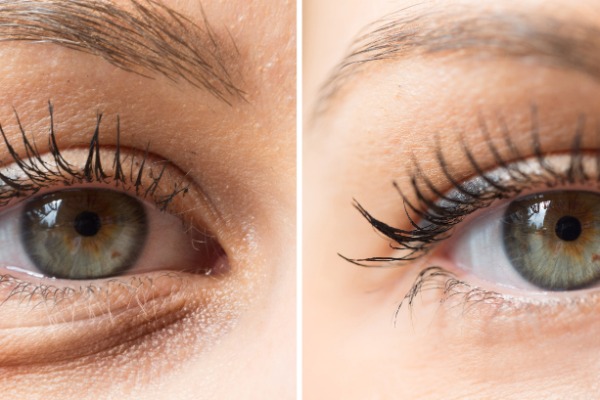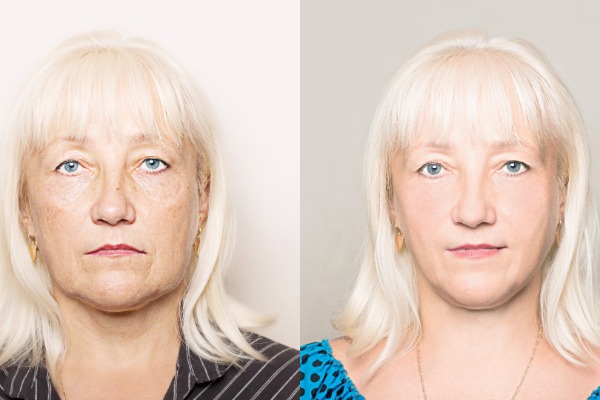A scar is a mark left on the skin after a wound or injury has healed. Scars are a completely natural part of the healing process and most will fade and become paler over time, although they may never completely disappear.
Types of scars
A scar can be a fine line or a pitted hole on the skin, or an abnormal overgrowth of tissue.
Fine lines
A minor wound, such as a cut will usually heal to leave a red, raised line, which will gradually get paler and flatter over time. This process can take up to two years. The scar won't disappear completely and you'll be left with a visible mark or line.
These scars are common following a wound or after surgery. They aren't usually painful, but they may be itchy for a few months.
On darker skin types, the scar tissue may fade to leave a brown or white mark. A pale scar may be more obvious on tanned skin because scar tissue doesn't tan.
Keloid scars
A keloid scar is an overgrowth of tissue that occurs when too much collagen is produced at the site of the wound so the scar keeps growing, even after the wound has healed.
Keloid scars are raised above the skin and are red or purple when newly formed, before gradually becoming paler. They're often itchy or painful, and can restrict movement if they're tight and near a joint.
Hypertrophic scars
Similar to keloid scars, hypertrophic scars are the result of excess collagen being produced at the site of a wound. Unlike keloid scars, not as much collagen is produced in hypertrophic scars and don't extend beyond the boundary of the original wound. They can continue to thicken for up to six months.
Hypertrophic scars are red and raised to start with, before becoming flatter and paler over the course of several years.
Atrophic scars
Scars caused by skin conditions, such as acne and chickenpox, can have a sunken or pitted appearance. Pitted scars, also known as atrophic or "ice-pick" scars, can also occur as a result of an injury that causes a loss of underlying tissue.
They occur when the skin "shrinks", leading to tightness and a restriction in movement.
Treating scars
Complete scar removal, unfortunately, isn't possible. However, most scars will gradually fade and become paler over time.
If scarring is unsightly, uncomfortable or restrictive, treatment options may include topical silicone, gel or silicone gel sheets, pressure dressings, steroids, skin camouflage (makeup) or surgery.
I offer a number of treatments that can improve the appearance of a scar and help make it less visible.



